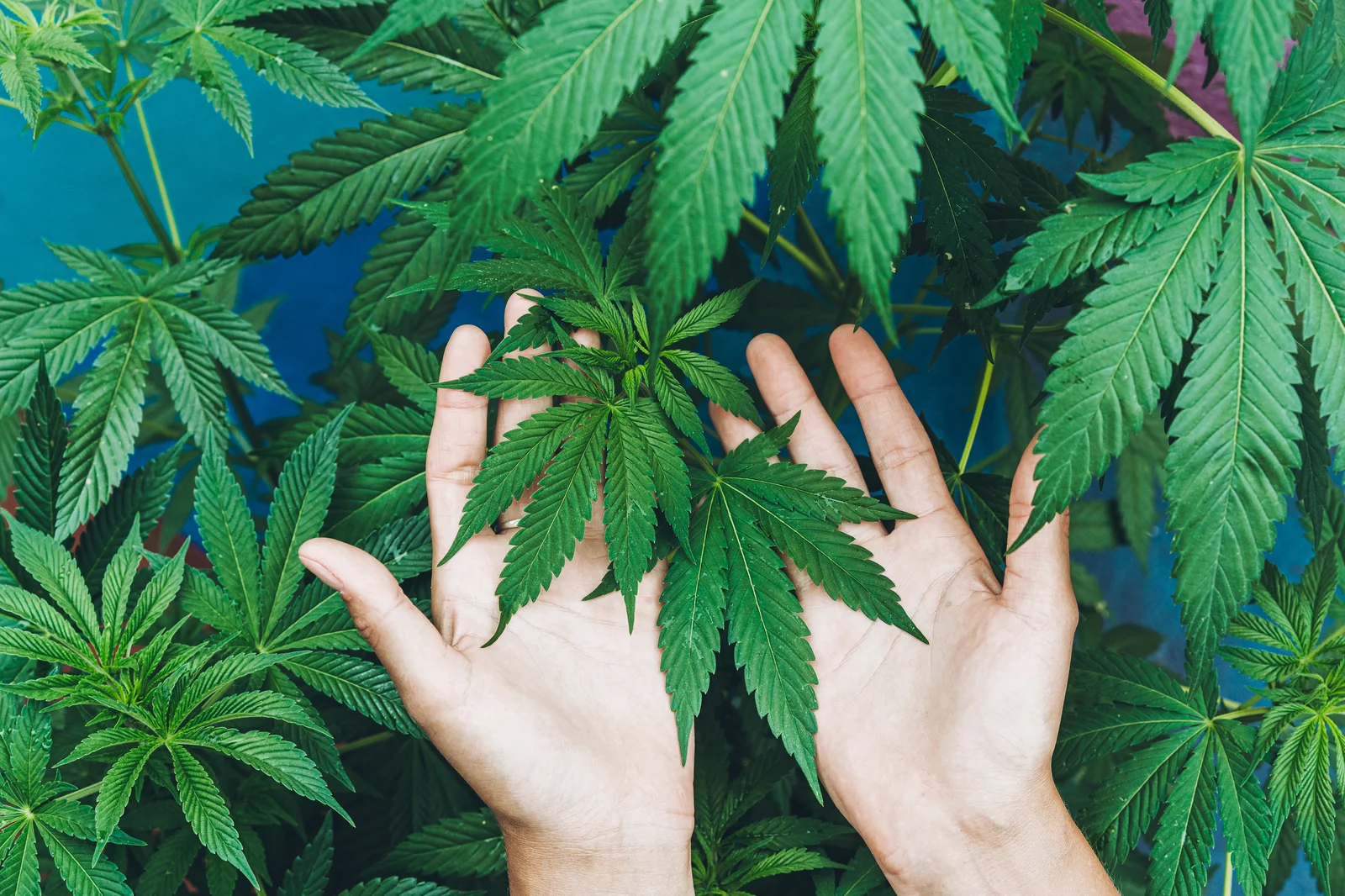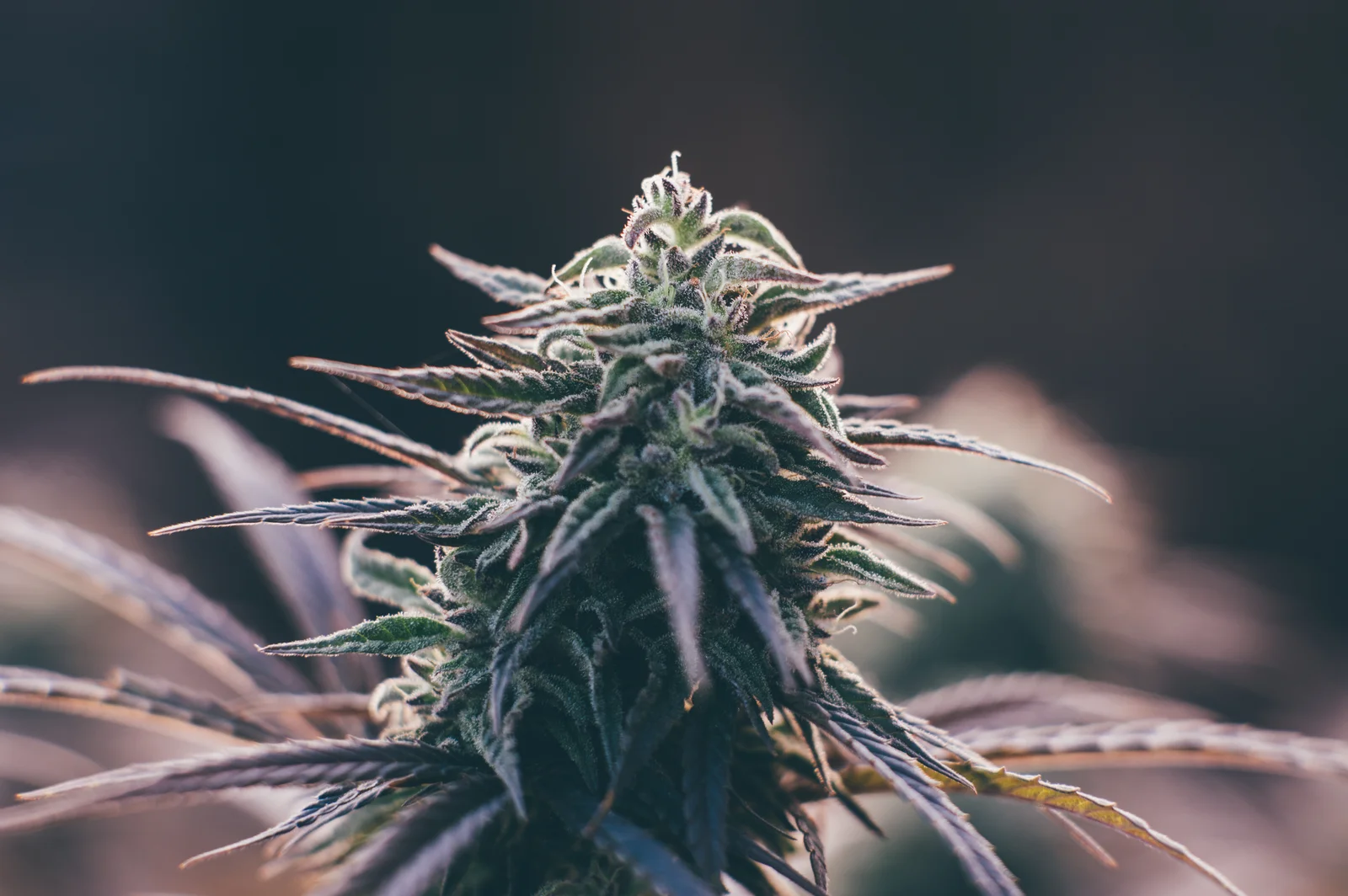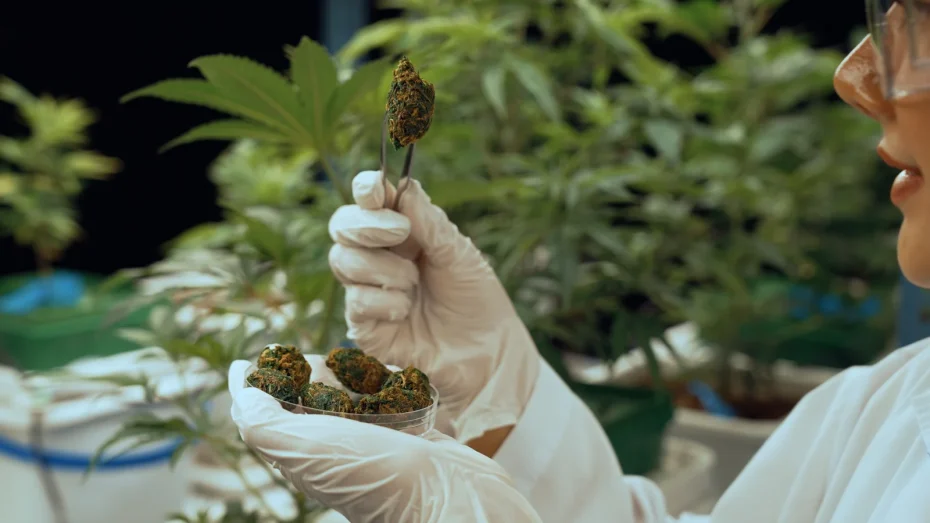The growing scientific and medical interest in all types of cannabinoids has fueled a surge in research aimed at uncovering their therapeutic potential and physiological impact. From well-known compounds like THC and CBD to lesser-studied cannabinoids such as CBC and CBG, each plays a unique role in how cannabis interacts with the human body. As cannabis research advances, understanding all types of cannabinoids is becoming essential for exploring their health benefits and applications in modern medicine.
In this guide, we will explore and categorize the various types of cannabinoids, examine their effects, and consider the implications of cannabinoid research in the medical field.
Understanding Cannabinoids: A Primer
Cannabinoids are chemical compounds found in the cannabis plant, as well as within the human body, where they interact with the endocannabinoid system (ECS). The ECS is responsible for maintaining homeostasis, influencing functions such as mood, memory, appetite, and pain sensation. While the most well-known cannabinoids are tetrahydrocannabinol (THC) and cannabidiol (CBD), there are over 100 distinct cannabinoids identified in the cannabis plant, each with unique properties and potential benefits.

Main Types of Cannabinoids and Their Effects
All types of cannabinoids can be categorized based on their origin and function, with phytocannabinoids being the most prominent in the cannabis plant.
- Phytocannabinoids: These are cannabinoids naturally found in the cannabis plant.
- THC (Tetrahydrocannabinol): This psychoactive cannabinoid is well known for its mood-altering effects, as well as its ability to relieve pain, stimulate appetite, and reduce nausea.
- CBD (Cannabidiol): Non-psychoactive and widely researched, CBD is valued for its anti-inflammatory, anxiolytic, and neuroprotective properties.
- CBG (Cannabigerol): Often called the “mother cannabinoid,” CBG serves as a precursor to THC and CBD and shows promise for treating glaucoma, IBD, and neurodegenerative conditions.
- CBC (Cannabichromene): Less studied but emerging as a potential anti-inflammatory and antiviral agent with possible roles in tumor suppression.
Endocannabinoids: These are cannabinoids produced naturally by the body.
- Anandamide: Often called the “bliss molecule,” anandamide plays a role in mood regulation, memory, and pain relief.
- 2-AG (2-Arachidonoylglycerol): This endocannabinoid is abundant in the body and is involved in regulating immune system function and appetite.
Synthetic Cannabinoids: These are human-made chemicals that mimic the effects of natural cannabinoids.
- Dronabinol: A synthetic form of THC used to treat nausea and vomiting caused by chemotherapy, as well as weight loss in patients with AIDS.
- Nabilone: Similar to dronabinol, nabilone is used to treat nausea and chronic pain.
Cannabinoid Research: Impacts and Future Directions
The research into cannabinoids is expanding rapidly, driven by increasing interest in both the medical application and pharmacological understanding of these compounds. Studies are frequently published in high-impact journals, contributing to a deeper understanding of how cannabinoids interact with the ECS and their potential therapeutic applications. As a result, new treatments for conditions such as chronic pain, epilepsy, anxiety, and multiple sclerosis are being explored. This evolution in cannabis science is closely tied to advancements in regulatory compliance and production standards, such as those outlined in EU-GMP, GACP, and GPP guidelines.
Research has also sparked discussions regarding the legal and ethical implications of cannabis use, furthering the dialogue on integrating cannabinoid-based therapies into mainstream medicine.
Streamline Cannabis CultivationFrequently Asked Questions
How many types of cannabinoids are there?
There are over 100 identified cannabinoids within the cannabis plant, along with several notable endocannabinoids produced by the human body. Additionally, a range of synthetic cannabinoids has been developed for research and therapeutic purposes.
What is the impact of cannabinoid research?
Cannabinoid research has significant implications for medicine and pharmacology, uncovering new treatments and enhancing our understanding of human physiology.
FAQ on Cannabinoids: Effects, Safety, and Therapeutic Benefits
What are the effects and benefits of different types of cannabinoids?
- THC: Primarily elicits psychoactive effects that can be beneficial for pain relief, appetite stimulation, and muscle relaxation. It has also shown potential in reducing nausea and vomiting, particularly in chemotherapy patients.
- CBD: This cannabinoid does not produce a high and is associated with various potential benefits such as anti-inflammatory, anti-anxiety, and anticonvulsant effects. Research is ongoing into its potential to treat conditions like epilepsy (e.g., through the FDA-approved drug Epidiolex), anxiety disorders, and chronic pain.
- CBN: Often found in aged cannabis, CBN is believed to have sedative properties and may be helpful in promoting sleep and stimulating appetite.
- CBG: Early research suggests potential benefits in treating conditions such as glaucoma, inflammatory bowel disease, and neurodegenerative diseases.
- CBC: Though less studied, CBC may have anti-inflammatory and anti-depressant properties.

Are all types of cannabinoids safe to use and what are potential side effects?
While cannabinoids have therapeutic potential, their safety depends on the type, dosage, mode of consumption, and individual patient characteristics.
- THC: Common side effects include dizziness, dry mouth, euphoria, altered sensory perception, and impaired memory. In some, especially at higher doses, THC can cause anxiety or paranoia. Chronic use is associated with some risks, such as dependency.
- CBD: Generally well-tolerated, but can cause side effects like dry mouth, diarrhea, reduced appetite, and fatigue. It can interact with other medications, highlighting the need for medical consultation prior to use.
- Synthetic Cannabinoids: These may have unpredictable effects and are associated with more severe adverse effects, such as cardiovascular issues or psychosis.
Individual reactions can vary, and factors like age, overall health, and specific medical conditions can influence safety and tolerability.
Can all types of cannabinoids have therapeutic benefits?
Yes, many cannabinoids exhibit potential therapeutic benefits:
- THC and CBD: Widely studied for their pain-relieving, antiemetic, and anticonvulsant properties. They also show promise in treating conditions like multiple sclerosis and certain types of epilepsy.
- CBN, CBG, and CBC: Though research is less abundant, preliminary studies indicate they may help with sleep disorders, inflammation, and neuroprotection.
- Endocannabinoids: Crucial for maintaining physiological balance, disruptions in their levels or function might lead to various disorders, suggesting that modulating their activity could have therapeutic advantages.
Ongoing research continues to explore the full potential of cannabinoids in treating a wide range of conditions, from neurodegenerative diseases to autoimmune disorders. It is crucial for patients considering cannabinoid use to consult healthcare professionals for personalized advice and to ensure safe and effective use.
Conclusion
In conclusion, a deeper exploration of all types of cannabinoids uncovers their powerful potential in improving health and advancing medical science. From phytocannabinoids like THC and CBD to endogenous and synthetic cannabinoids, each type contributes uniquely to therapeutic applications and research innovation. As the cannabis industry evolves, understanding all types of cannabinoids becomes essential, not just for patient outcomes, but also for shaping public health policy and integrating cannabinoid therapies into mainstream medicine.
Streamline Cannabis CultivationRecommended For You
Revolutionizing Cultivation: The Unseen Power of Triploid Cannabis in Modern Agriculture
January 7, 2026Revolutionizing Efficiency How Cannabis Production Management Software Turns Grow Operations into High Performance Powerhouses
January 2, 2026Unlock the Secret to Thriving Greenery: Discover the Best Organic Fertilizer for Seedlings Today!
December 30, 2025About GrowerIQ
GrowerIQ is changing the way producers use software - transforming a regulatory requirement into a robust platform to learn, analyze, and improve performance.
To find out more about GrowerIQ and how we can help, fill out the form to the right, start a chat, or contact us.

